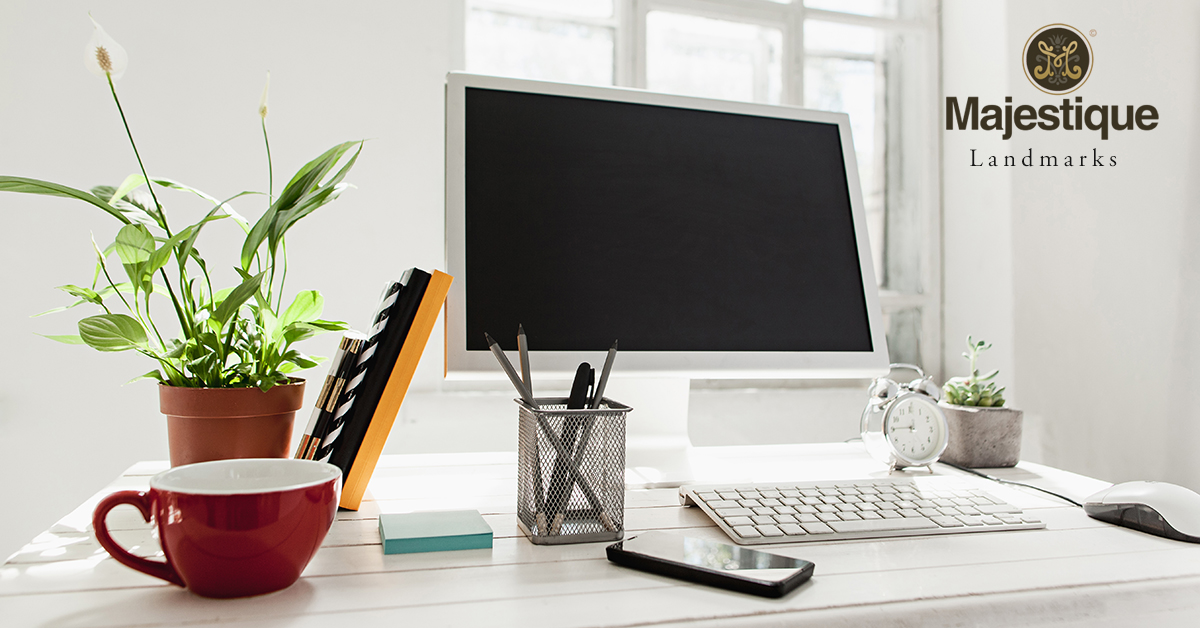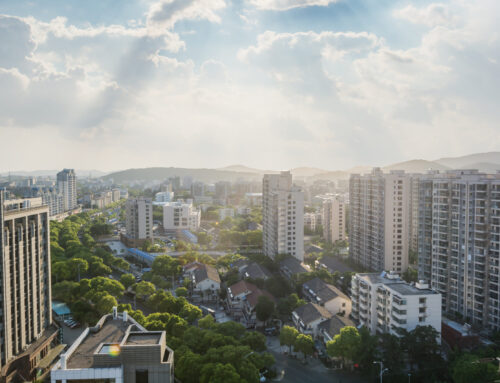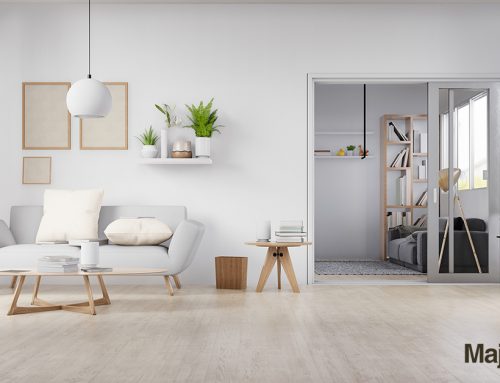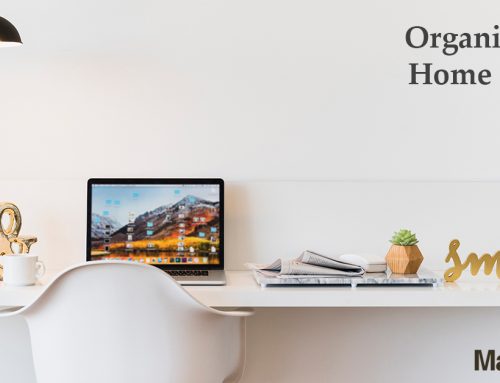The COVID-19 lockdown has forced all of us to stay indoors—invariably, we’ve spent a lot of time observing our surroundings and sometimes, even improving them. Most of us have identified some flaws in the design of our existing homes, especially in the way they attract infections and germs. Here are a list of changes that should be introduced within the designs of our homes in a post COVID-19 world.
Multifunctional Areas
During this lockdown, many families have been cramped up together, making their living situation uncomfortable. In small homes with multiple walls and tiny spaces, a compact space becomes even more cramped. Therefore, homeowners should look towards a shift in open plan homes so that all the common areas of the house are accumulated within a single space. The open plan allows for a flexible furniture layout, thereby making room for multiple functions. Some additions may include a meditation corner, space for yoga or exercises and a home office to name a few.
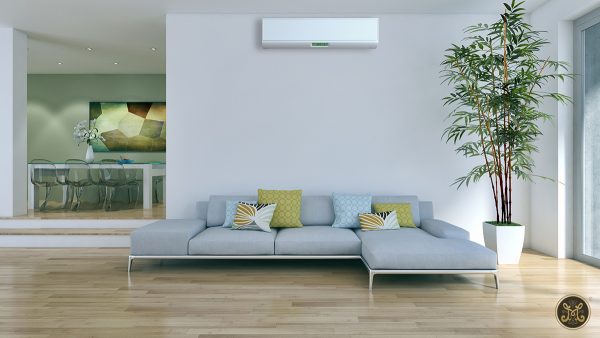
A Well-designed Outdoor Space
For those who have the luxury of a garden or a terrace/balcony should make the most of it. Many professionals may now start working from home more than ever, and will need areas in the house that can make them feel rejuvenated and relaxed. These breakout spaces can be multifunctional and create a good indoor-outdoor connect. A garden or a balcony also helps create better ventilation in the home, thereby keeping the occupants mentally and physically healthy.
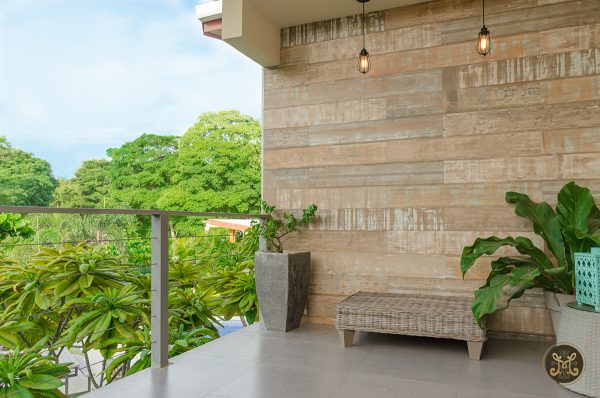
A Relaxing Ambience
As people across the globe have spent a lot of time indoors, they’ve realised how essential it is to make homes comfortable. A relaxing ambience can be achieved with soft-toned walls, good illumination, ventilation, the use of natural building materials and lots of plants.
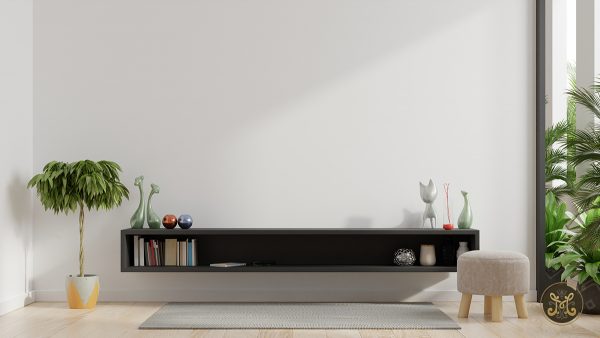
Multi-Purpose Furniture
Since our urban homes are compact, they need to be multifunctional too. During this lockdown, many professionals realised the importance of having multi-use spaces, while struggling to create an indoor office—a study that doubles up as a guest bedroom, a living room that has a niche for a small office, etc.
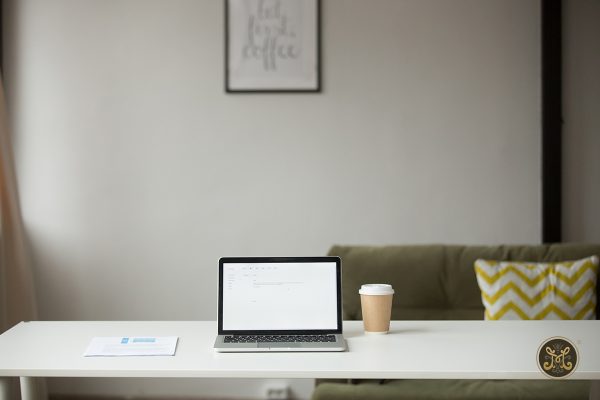
Antimicrobial Materials
The future homes need to be cleaner and healthier with the inclusion of antimicrobial fabrics that prevent the growth of bacteria, fungi and virus. The focus should also be on the use of antimicrobial surfaces, materials and wall paints that can be easily cleaned and disinfected.
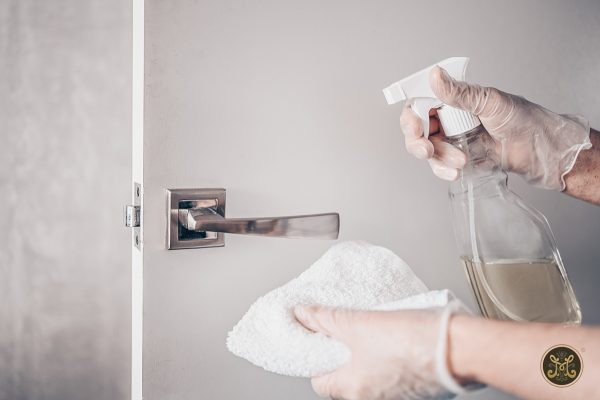
Smart Homes
Automation and voice technology could play an important role in our future homes with the inclusion of automatic doors, hands-free light switches and temperature control lights so that our hands don’t touch these surfaces frequently. Voice-controlled elevators will be preferred for high-rise buildings to prevent the use of buttons and other manual controls. Additionally a self-cleaning bathroom with touch-less technology and touch-free faucets may emerge as the best option for bathrooms.
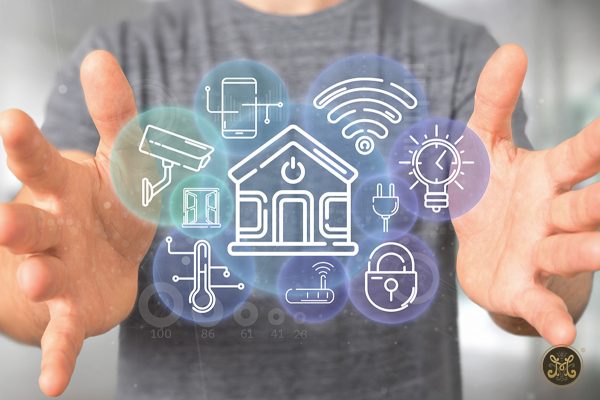
Home Offices
As there is a shift in the work culture and more and more people are working from home, our residences should make space for a formal home office. Future home offices can’t just be makeshift arrangements—these need to be more ergonomic areas with better lighting, storage, inclusion of office equipment and furniture where web conference meetings can be held.
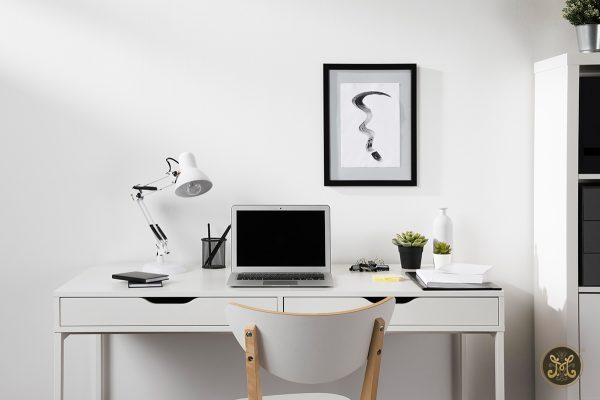
Source: Architectural Digest

